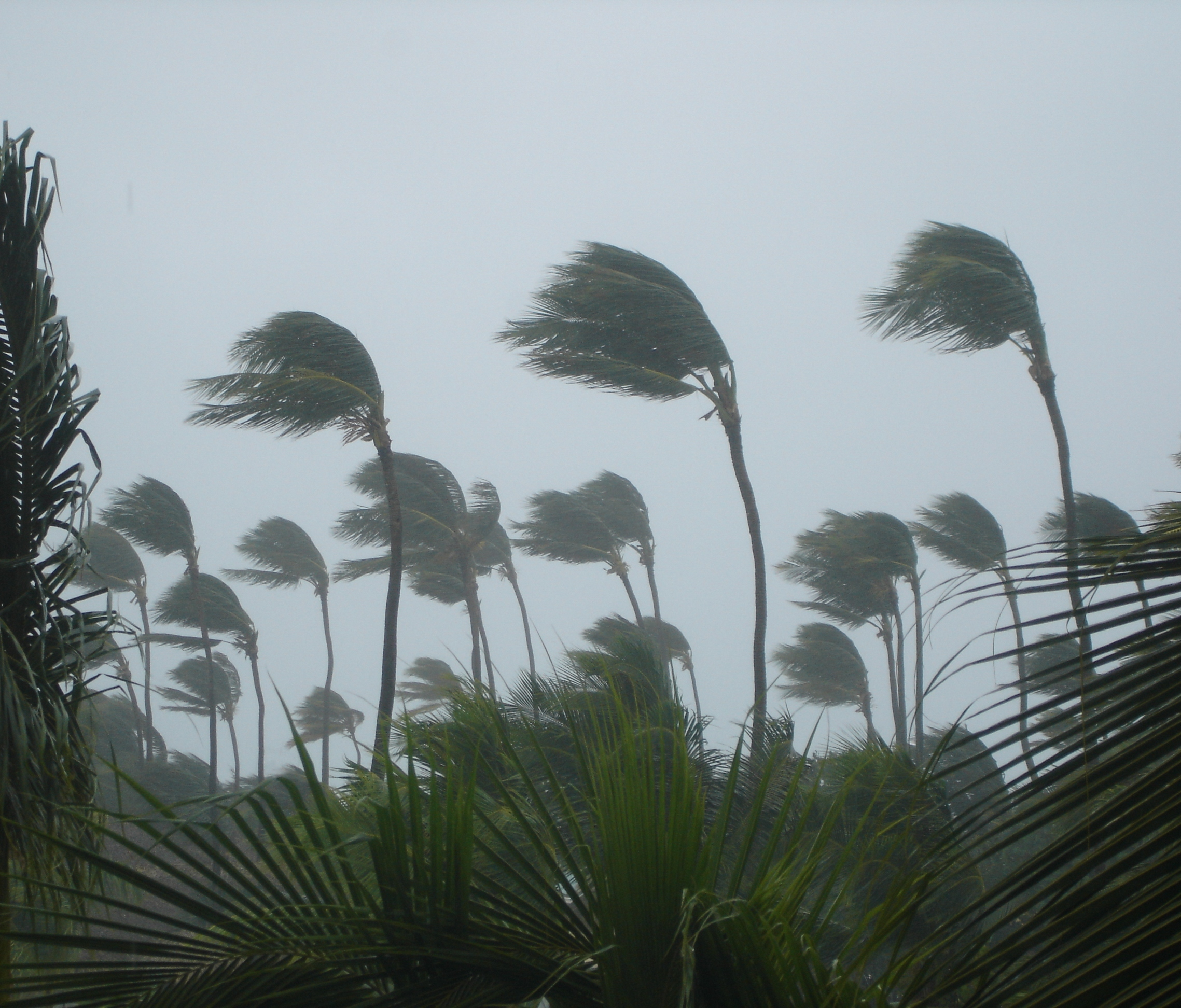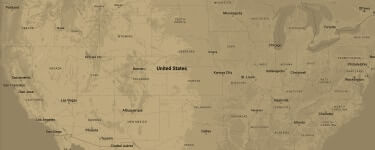It’s the call every commercial property owner dreads: there’s a flood in the building. Instantly, the pressure is on to plug the gushing leak, pump out the water and kick off the drying process. “Weekends, holidays, after midnight – flooding happens at the most inconvenient times, and it’s a scramble to protect tenants and business operations,” says Kevin Sullivan, President, Paul Davis Restoration of Northern Virginia. “More often than not, the response is more extensive and complicated than it looks.”
Floodwaters are categorized into three different types, each of which Paul Davis Restoration handles with specific processes:
- Black is the most dangerous type. It carries pathogens, chemicals, heavy metals, oils, debris and high levels of contamination. This category occurs when sewers or sewage pipes overflow, for example. Floodwaters from storms are always in this category because they often contain agricultural chemicals, fertilizers, animal dung, septic system fluids and the like.
Addressing black water flooding requires full body personal protective equipment, often including respirators or masks. Technicians apply disinfectants and deodorizers, and they replace most affected materials. Soaked materials are handled carefully during disposal to avoid spreading contamination. Further, teams may control access to the project, perform periodic inspections and run tests to ensure contamination is contained and treated.
- Gray floodwaters contain low levels of bacteria, mold or chemicals. They may come from the sink that overflowed or the kitchen dishwasher that sprung a leak. Paul Davis Restoration experts use light personal protective equipment to mitigate and restore premises damaged by gray water.
- Clean floodwaters are not harmful to people. They arise from sources such as a broken water supply line, an overflowing sink or an overfilled water storage tanker. Paul Davis technicians do not need special protective equipment to remove standing water, deploy drying machinery and replace materials that have been structurally ruined by moisture. No special precautions are needed for debris disposal.
No matter what type of floodwaters they encounter, the team carefully measures drying levels for all material types and takes meticulous precautions against microbial growth. “It’s a very comprehensive response that is extremely well-orchestrated, rapid, scientific and professional and we kick it into gear at any hour,” Sullivan says. “When things go wrong, we do what’s right. Call us to address any type of nasty wet surprise you discover at your commercial property.”











